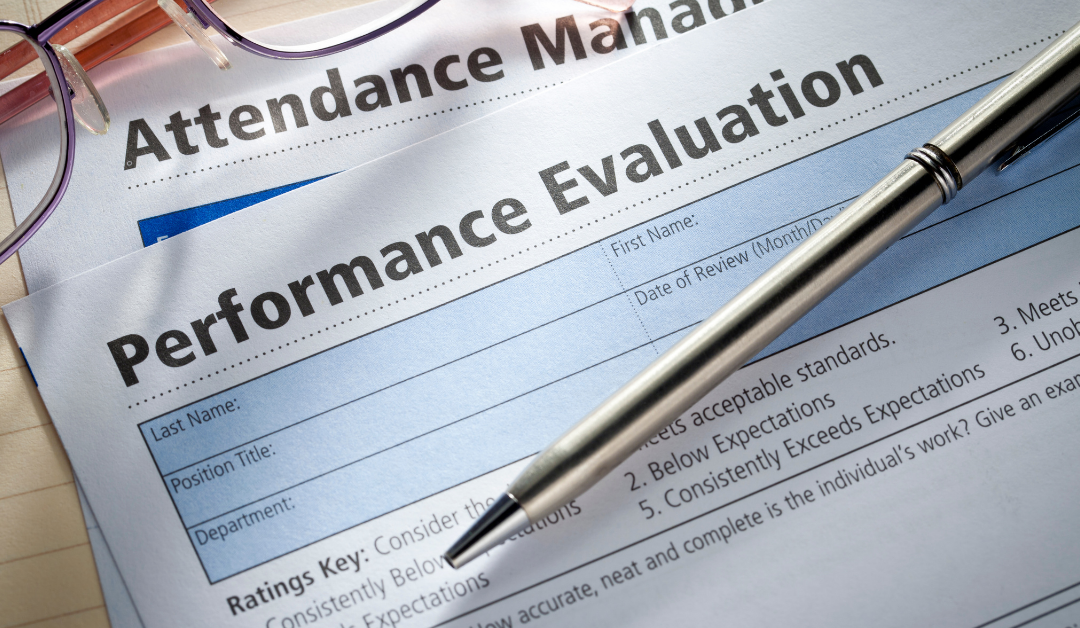During the pandemic, healthcare providers faced unprecedented changes in every area. This has included a shift in focus on the ways the healthcare sector addresses patient care and employee safety, along with a daily realignment of staff to handle the most urgent care needs. Facing major adjustments and altered operations has also come to mean that many procedures and processes, such as ongoing performance evaluations and annual reviews were modified if not completely put on hold.
As organizations begin to evolve into the next phase, it’s time to make permanent adjustments when it comes to evaluation of high-level positions in order to address inefficiencies and discrepancies with company culture and values, while retaining valuable staff members and providing opportunities for growth and collaboration.
The Evolution of Performance Evaluations in a Post-COVID Climate
Performance management in healthcare pre-pandemic left many organizations with glaring inefficiencies once COVID-19 swept through and uncovered senior leaders who did not have the skills to effectively lead through a crisis. It created an imperative need for organizations to reevaluate the effectiveness of the measures being used to review performance. And evolve with the changes that were ultimately triggered- and that are very likely to become the new normal.
While many organizations have already integrated initiatives to improve culture and commitment to the mission, and vision of their organization while fostering job satisfaction, what was once an option, is now a necessity. Performance evaluations have begun to morph from what was seen as an annual report card, to a goal-oriented, adaptable process that fosters success and satisfaction, while giving opportunity for timely feedback and the ability to rapidly address competencies and weaknesses.
There is no one-size-fits-all approach, but there are research-supported processes that benefit healthcare organizations ready to evolve their system of evaluation.
Integrating a New Approach to Performance Management
The standard way of performance evaluation used to be an annual review- a backward-looking- assessment of how an employee has done overall. To build trust, respect, and buy-in for your mission and vision, that method has been usurped with more frequent, informal, 2-sided conversations looking backward and forwards towards meeting goals and finding new opportunities to grow.
Whether you are simply amending your existing evaluation templates or looking for a complete overhaul, consider the following integrations for your existing model:
- Peer-Based Reviews organizations work better when they work together and are on the same page
- Partially untying Reviews From Promotions and Pay Meeting goals means leaving your comfort zone, consider taking away the dollar amount associated with growing in your industry. That said, it’s still seems fair to factor the review results into compensation considerations.
- Setting Goals and setting up performance follow ups and feedback regularly to meet those goals. Just make sure they are concrete, measurable and achievable.
- Look at Evaluations as a time to Coach and Support. This can be leadership support, or your organization may consider bringing in consultants and coaches from outside to contribute.
- Document Goals to Measure Progress and Make adjustments. Growth is not a straight line, but documenting and regularly addressing goals and adjusting them as needed will create a roadmap to success and satisfaction.
- Keep it Simple. Endless forms and documentation inhibits productivity. Use technology to support evaluation and help streamline your efforts to set, document, and manage goals.
Takeaways for your Healthcare Organization
To increase confidence and satisfaction going forward, connect your feedback to existing strategy or leadership values within your healthcare group so employees can see how their strengths and performance align with the organization’s mission and vision. When employees have a clear understanding of what they need to improve or change in order to be successful, they’re more likely to stay with their current employer.
Companies don’t have to reinvent the wheel, but to remain competitive in the healthcare field they must recognize that changes have already happened when it comes to performance evaluation, and organizations must adapt. For more information on the changing healthcare hiring and employee retention landscape, follow Polaris Placement’s valuable insights blog.

